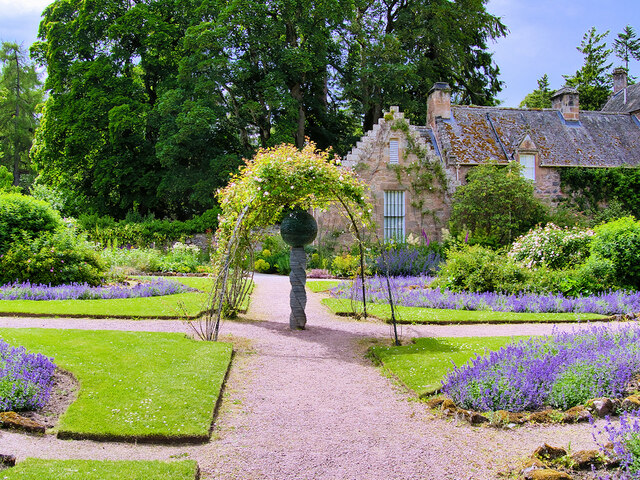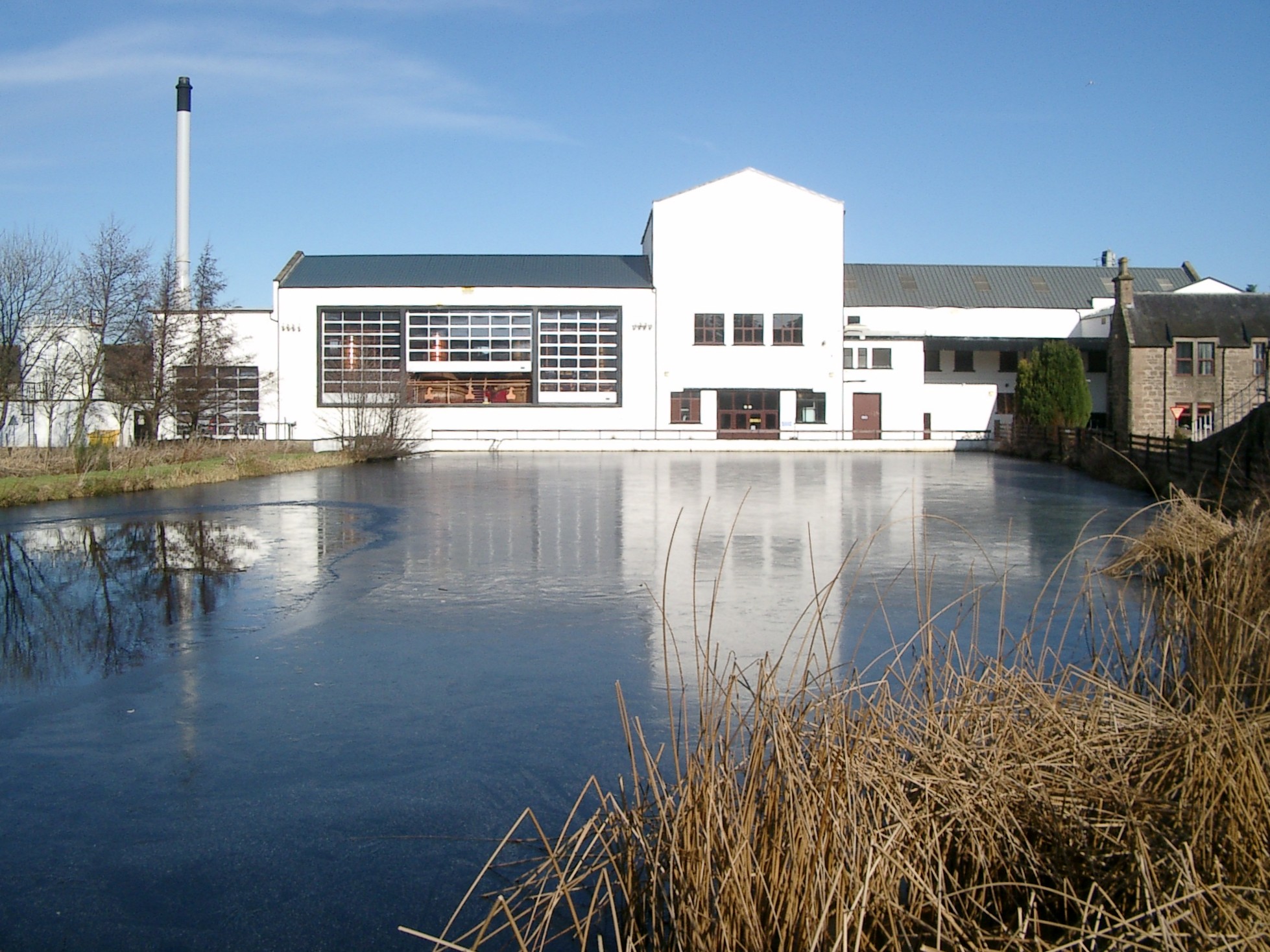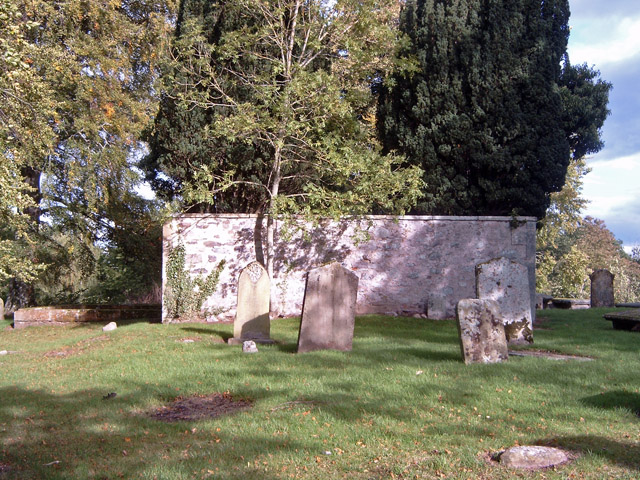Nairnshire
Historic County in
Scotland
Nairnshire

Nairnshire is a historic county located in the northern part of Scotland, on the eastern coast. It covers an area of approximately 1,060 square kilometers and is bordered by the Moray Firth to the north, Inverness-shire to the south, and the counties of Elgin and Cromarty to the east and west respectively.
The county is known for its picturesque landscapes, which include rolling hills, fertile farmland, and stunning coastline. The River Nairn flows through the region, providing a source of freshwater and creating a beautiful natural feature. The county's geography is diverse, ranging from the sandy beaches along the coast to the rugged terrain of the Highlands.
Nairnshire has a rich history dating back to ancient times, with evidence of human settlement from as early as the Bronze Age. The area has been influenced by various cultures, including the Picts, Vikings, and Scots. The county played a significant role in the Scottish Wars of Independence and was often a battleground between rival clans and kingdoms.
The main town in Nairnshire is Nairn, which is situated on the coast and is known for its charming Victorian architecture and sandy beaches. The town has a population of around 10,000 people and offers amenities such as shops, restaurants, and accommodation for visitors.
In terms of economy, Nairnshire has traditionally relied on agriculture, with farming and livestock rearing being major industries. However, tourism has also become increasingly important, thanks to the area's natural beauty and historical sites.
Overall, Nairnshire is a captivating historic county in Scotland, renowned for its stunning landscapes, rich history, and thriving communities.
If you have any feedback on the listing, please let us know in the comments section below.
Nairnshire Images
Images are sourced within 2km of 57.533/-3.898 or Grid Reference NH8650. Thanks to Geograph Open Source API. All images are credited.
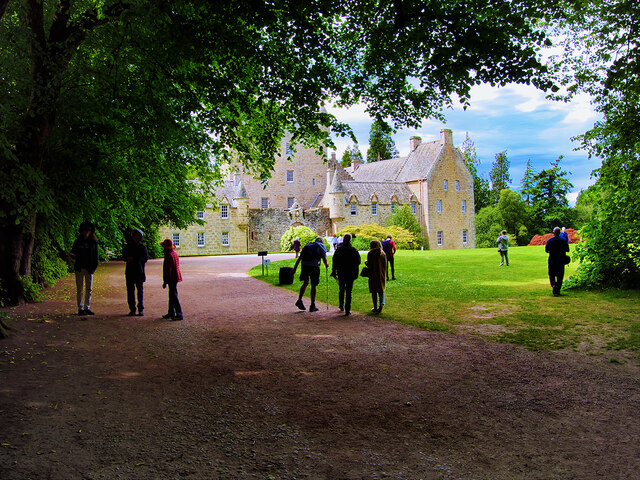






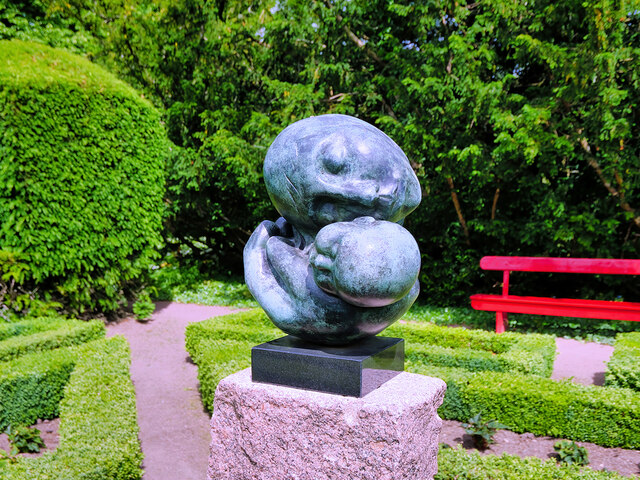




Nairnshire is located at Grid Ref: NH8650 (Lat: 57.533, Lng: -3.898)
What 3 Words
///weds.parrot.reefs. Near Nairn, Highland
Nearby Locations
Related Wikis
Piperhill
Piperhill is a village, located four miles south of Nairn in Nairnshire, Scottish Highlands and is in the Scottish council area of Highland.
Culcharry
Culcharry is a small residential settlement, close to the village of Cawdor and the hamlet of Brackla, lying 4 miles southwest of Nairn, in Nairnshire...
Royal Brackla distillery
Royal Brackla distillery is a Highland Scotch whisky distillery on the Cawdor Estate, near Nairn in Scotland. The distillery is operated by John Dewar...
RAF Brackla
Royal Air Force Brackla or more simply RAF Brackla is a former Royal Air Force satellite station located in Scotland. == History == The following units...
Cawdor Castle
Cawdor Castle is a castle in the parish of Cawdor in Nairnshire, Scotland. It is built around a 15th-century tower house, with substantial additions in...
Geddes, Highland
Geddes (Scottish Gaelic: Geadais) is a small village located 5 km to the south of Nairn, in the Highland council area of Scotland. == Geddes House == Geddes...
Geddes House
The Geddes House is a Georgian Neoclassical style building near Nairn, Scotland. It was built in 1780 for George Mackintosh and is currently self-catering...
Cawdor
Cawdor (Scottish Gaelic: Caladair) is a village and parish in the Highland council area, Scotland. The village is 5 miles (8 kilometres) south-southwest...
Nearby Amenities
Located within 500m of 57.533,-3.898Have you been to Nairnshire?
Leave your review of Nairnshire below (or comments, questions and feedback).




